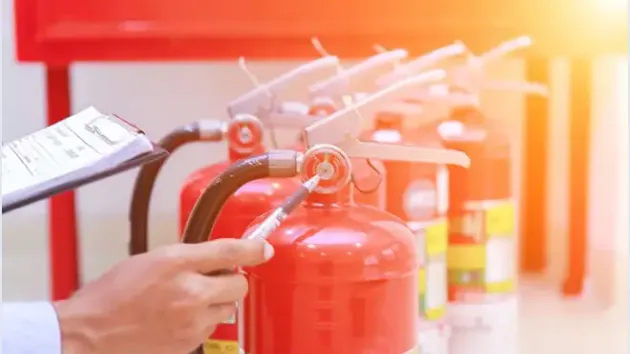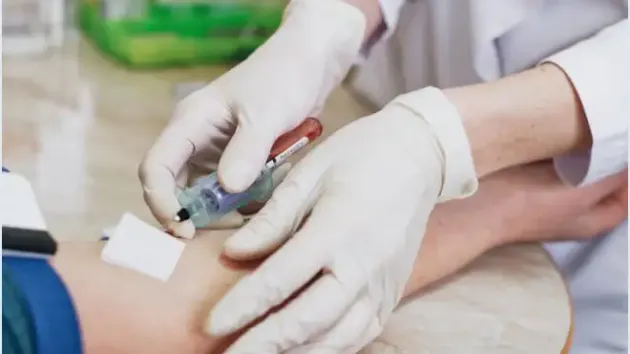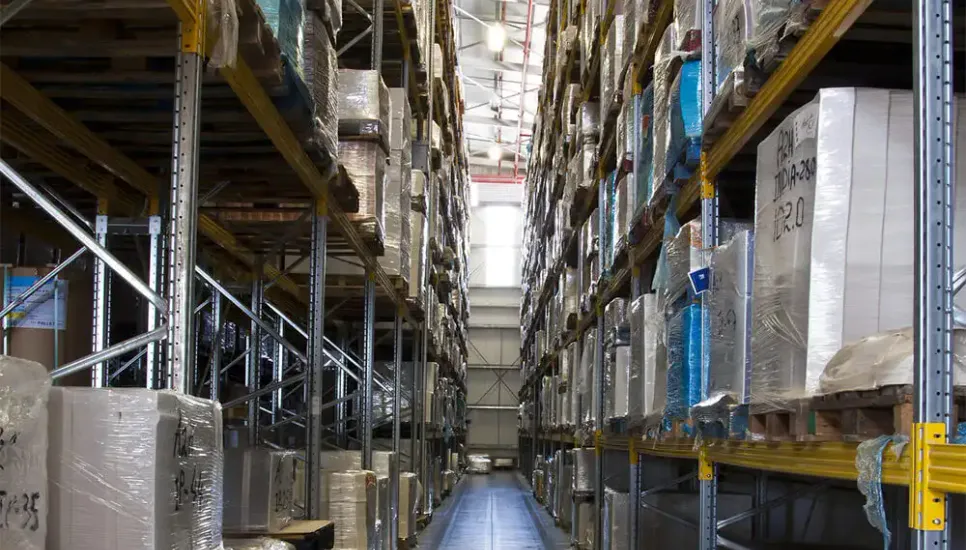Introduction
While the food service industry might look glamorous on television, the jobs of everyone involved expose employees to a fair amount of occupational risk. Chefs have to constantly manage hot equipment over open flames, while servers and bartenders deal with physical stress due to lifting, standing, and repetitive motions. Through adequate safety training, such hazards can be minimized and even completely prevented.Potential Hazards
The most frequent hazards in food service include:
Burns and Hot Surfaces.
Whether it’s in a proper restaurant or a fast food location, there is an abundance of thermal equipment that poses a serious health risk for chefs, servers, and kitchen suppliers. Ovens, cooking vessels, hot beverages, and deep fryers are some of the most obvious ways in which food service employees can get burned. Accidents with hot oil or steam can lead to serious injuries, such as scald burns. Particularly during rush hour, the working environment can turn hectic, which is why this is when most kitchen accidents take place.Lifting and Repetitive Motions.
Although not an obvious hazard, lifting-related injuries are quite common for restaurant personnel. Many establishments require all employees to help out with receiving supplies, rather than hiring dedicated personnel to perform the task. Quite often, restaurant workers will have to lift and carry heavy loads. If the correct techniques are not used, these tasks can lead to various musculoskeletal diseases (MSDs) and lower back issues. In addition, repetitive motions, such as cutting, can easily lead to joint damage and nerve injuries, such as cubital tunnel syndrome.Exposure to Chemicals.
Food serving establishments have to abide by a strict health code. This requires them to maintain spotless work surfaces, which can only be achieved through use of powerful chemicals and detergents. Most of the latter pose a hazard for human health, especially if they’re accidentally ingested or if they come in contact with sensitive parts of the body.Contagious Diseases.
Improper rinsing and spoiled food can lead to outbreaks of viral diseases. In such instances, restaurants become a health hazard for their workers, as well as for clients. The major problem with infected food items is that employees are often unaware of the risk to which they expose themselves and others.
Incident Prevention
Official authorities enforce a strict health regulation code for restaurants, which demands that a series of safety protocols are followed to the letter. This is why on-site inspections take place at regular intervals. With the right training, food service employees are able to maintain a compliant work environment and keep themselves safe from occupational hazards.
According to Canadian legislation, food service personnel must be made aware of the full extent of risks entailed by their work. The employer must guarantee complete safety training that addresses these dangers. Especially in cases of spoiled or potentially infected food, a seasoned employee who has benefitted from the right training can prevent the entire establishment from turning into an outbreak. Safety is paramount when it comes to food, which is why it’s much better to prevent any health-related accidents from happening in the first place.
Recommended Safety Courses



What You Can Do to Stay Safe
The single best way to stay safe and healthy as a food service employee is to undergo thorough safety training that will prepare you for the full range of occupational hazards associated with your job. The most frequent and dangerous risks are omnipresent, regardless of the size of the food establishment in question. The only way to stay accident-free is to constantly be aware of and prevent hazards, rather than react to what may be happening at one point or another.
Canadian employers are legally required to inform you of the occupational hazards you’re exposed to. Moreover, they have to guarantee safety training for all personnel in order to establish a safe work environment. Whether you’re a server, bartender, chef, kitchen aide, or bus boy, these safety courses will help you understand your job better.
For a comprehensive list of safety courses best suited for the food service sector, please visit our Agriculture and Food industry page.



